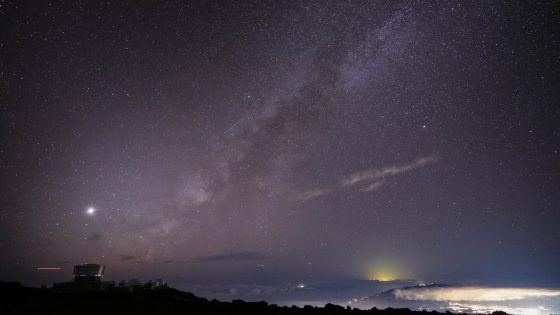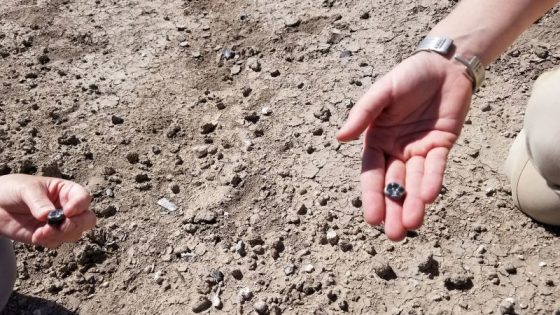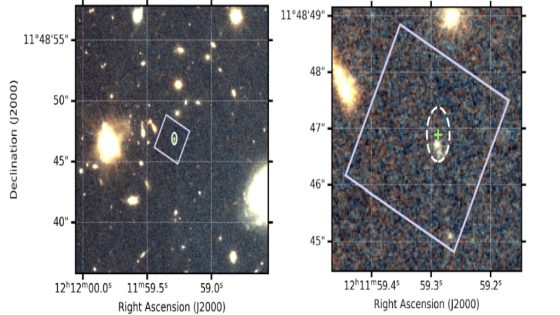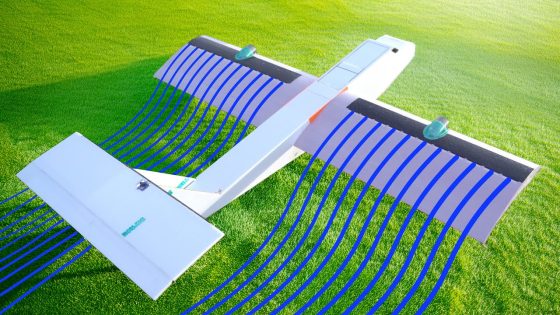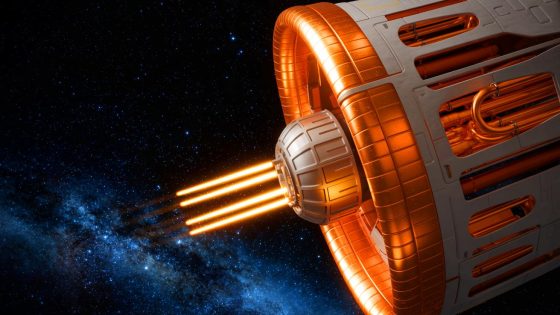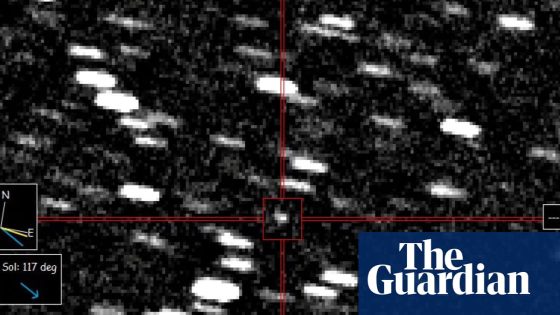Roughly 12,800 years ago, the Younger Dryas cool period plunged the Northern Hemisphere back into near-glacial conditions. This abrupt climate shift remains a scientific enigma, but recent findings may shed light on its origins.
- Younger Dryas cool period mystery persists
- Cosmic impact event linked to cold snap
- Controversial Younger Dryas Impact Hypothesis proposed
- Meltwater Pulse Hypothesis widely accepted
- Ocean sediment cores reveal impact proxies
- Skepticism remains among scientific community
On August 6, 2025, researchers published a study in PLOS One, revealing evidence of a cosmic impact event in sediment cores from Baffin Bay, Greenland. This study suggests that a comet exploded in Earth’s atmosphere around the same time the Younger Dryas began, potentially supporting the contentious Younger Dryas Impact Hypothesis.
This new research raises intriguing questions about Earth’s climatic history. Could both the Younger Dryas Impact Hypothesis and the Meltwater Pulse Hypothesis coexist? Consider the following points:
- Evidence of cosmic materials found in ocean sediment cores aligns with the Younger Dryas timeline.
- The impact hypothesis suggests destabilization of ice sheets, leading to significant climate shifts.
- Critics argue for simpler explanations based on current scientific understanding.
As scientists continue to explore these theories, advancements in technology and research methods may provide clearer answers about our planet’s climatic past and future.





